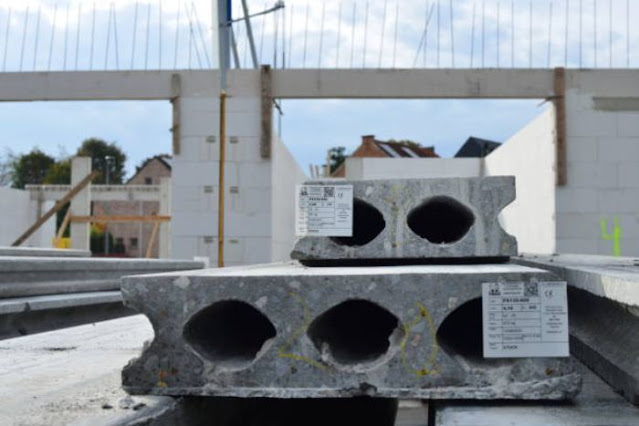Featured
- Get link
- X
- Other Apps
Centralization for Wellbore Stability: Ensuring Even Cement Placement and Preventing Differential Sticking

In the oil and gas industry, ensuring the stability and
integrity of wellbores is crucial. One of the primary challenges encountered
during drilling and cementing operations is the risk of differential sticking—a
phenomenon where the casing or drill pipe becomes stuck due to differential
pressure between the wellbore and formation. To combat this issue and ensure
uniform cement placement, centralization emerges as a pivotal technique.
Centralization refers to the process of positioning casing
strings or drill pipes at the center of the wellbore, maintaining an optimal
gap between them and the borehole wall. This technique plays a significant role
in enhancing wellbore stability by facilitating even cement distribution and
preventing the occurrence of differential sticking.
Importance of Centralization in Cementing Operations
When it comes to cementing, the uniform placement of cement
around the casing is vital for the well's structural integrity. Uneven cement
distribution can lead to weak zones, which might result in formation breakdown,
casing collapse, or the potential for fluid migration between zones.
Centralization ensures that the casing or drill pipe is positioned accurately
within the wellbore, allowing for consistent cement coverage around the casing
circumference.
Mechanism of Centralization
Various tools and devices are employed to achieve
centralization, each designed to maintain the casing or drill pipe at an
optimal distance from the borehole wall. Bow-spring centralizers, rigid
centralizers, and even newer innovations like rotating and expandable
centralizers are among the options utilized in the industry. These tools are
strategically placed along the casing or drill pipe at specific intervals to
prevent contact with the wellbore wall and maintain a consistent standoff
distance.
Mitigating Differential Sticking
Differential sticking occurs due to pressure differentials between the wellbore and the formation, causing the pipe or casing to become stuck against the formation. Centralization helps mitigate this issue by ensuring that the casing or drill pipe remains centralized, reducing the contact area between the pipe and the formation. By maintaining an optimal standoff distance, the risk of differential sticking is significantly minimized.
Factors Influencing Centralization Effectiveness
Several factors influence the effectiveness of centralization in cementing operations:
Wellbore Geometry: Irregular wellbore shapes or formations with varying diameters require customized centralization strategies to ensure optimal casing positioning.
Casing Design and Weight: The type and weight of casing used influence centralization requirements. Heavier casings may require more robust centralizers for effective positioning.
Formation Properties: Variations in formation properties impact the required standoff distance and the choice of centralization tools to prevent differential sticking.
Innovations in Centralization Technology
The oil and gas industry continually evolves, leading to innovations in centralization technology aimed at enhancing efficiency and effectiveness. Advanced centralization tools equipped with sensors and automation capabilities provide real-time data on casing positioning and standoff distance. These innovations enable operators to monitor and adjust centralization during cementing operations, ensuring optimal placement and reducing the risk of issues like differential sticking.
Best Practices for Optimal Centralization
To maximize the benefits of centralization, adhering to certain best practices is essential:
Pre-Job Planning: Conduct a comprehensive analysis of wellbore conditions and select centralization tools based on well-specific requirements.
Proper Installation: Ensure correct placement and spacing of centralizers along the casing or drill pipe to maintain consistent standoff.
Monitoring and Quality Control: Employ monitoring tools and techniques to verify the effectiveness of centralization during cementing operations.Read More :-Tech Write for us
Conclusion
Centralization serves as a fundamental technique in
achieving wellbore stability, facilitating even cement placement, and
preventing differential sticking. As technology continues to advance,
innovations in centralization tools further enhance the industry's ability to
optimize casing positioning and mitigate potential risks during drilling and
cementing operations. By adhering to best practices and leveraging cutting-edge
centralization technologies, the industry can ensure safer and more efficient
well construction, ultimately contributing to the overall success of oil and
gas projects.
- Get link
- X
- Other Apps
Popular Posts
Develop Your Own Personal Brand: Marketing Beauty
- Get link
- X
- Other Apps

Comments
Post a Comment